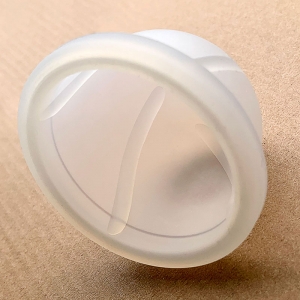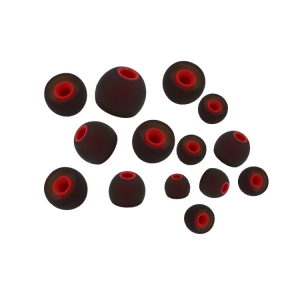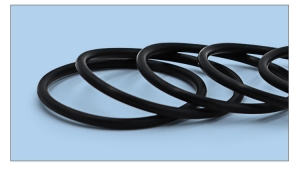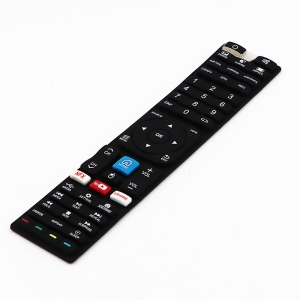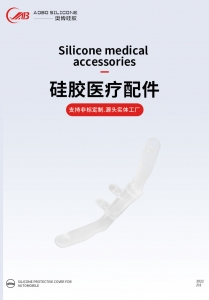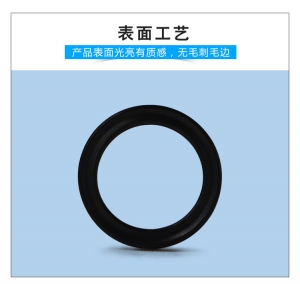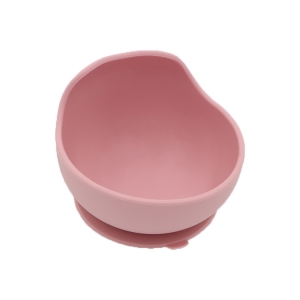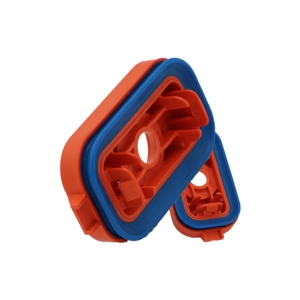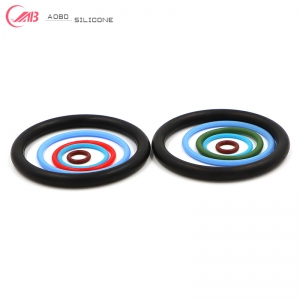How to adapt industrial O-rings?
Avoid adaptation pitfalls! Industrial O-ring matching guide
In industrial production, improper fitting of O-rings can lead to liquid leakage, wear, and even equipment shutdown. Many purchasers and technical personnel are troubled by “how to choose correctly”. In fact, mastering 4 core steps can make the sealing components suitable for working conditions and avoid detours!
First, confirm the size parameters! Measure the inner diameter, width, and depth of the installation groove. The inner diameter of the O-ring should fit the installation surface, and the wire diameter should match the groove width. Select according to the GB/T 3452.1 standard, and control the error within ±0.1mm to avoid liquid leakage due to being too loose or deformation due to being too tight.
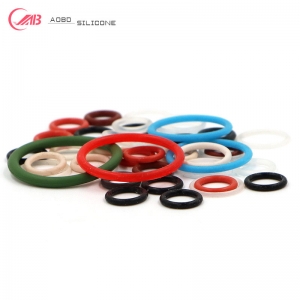
Second, select the material according to the working conditions! For normal temperature oil medium scenarios, choose nitrile rubber material, which has strong oil resistance; for high temperature (-20℃~200℃) or chemical medium environments, choose fluororubber material, which is corrosion-resistant and not easy to age; for food and medical-related industrial scenarios, priority should be given to O-rings made of silicone rubber, which are safe and non-toxic.
Third, consider the working pressure and temperature! For low-pressure working conditions (≤10MPa), use ordinary cross-section O-rings; for high-pressure scenarios, backing rings need to be used together to prevent extrusion damage; if the temperature exceeds the conventional range of -40℃~120℃, special formula materials should be selected to avoid low-temperature embrittlement and high-temperature softening.
Fourth, pay attention to installation details! The installation surface should be free of burrs and oil stains. The compression amount of the sealing product should be controlled between 15% and 30%, adjusted according to the material; for dynamic sealing scenarios, lubrication space should be reserved, while for static sealing, close fitting should be ensured to avoid failure caused by gaps.
Whether you are a purchaser of an equipment factory, a technical debugger, or need to customize O-rings in batches, and are worried that improper fitting will affect production? Click on the online customer service or call directly, inform the working condition parameters (medium, temperature, pressure), and we will provide a free fitting plan to make the sealing components stable and durable!

